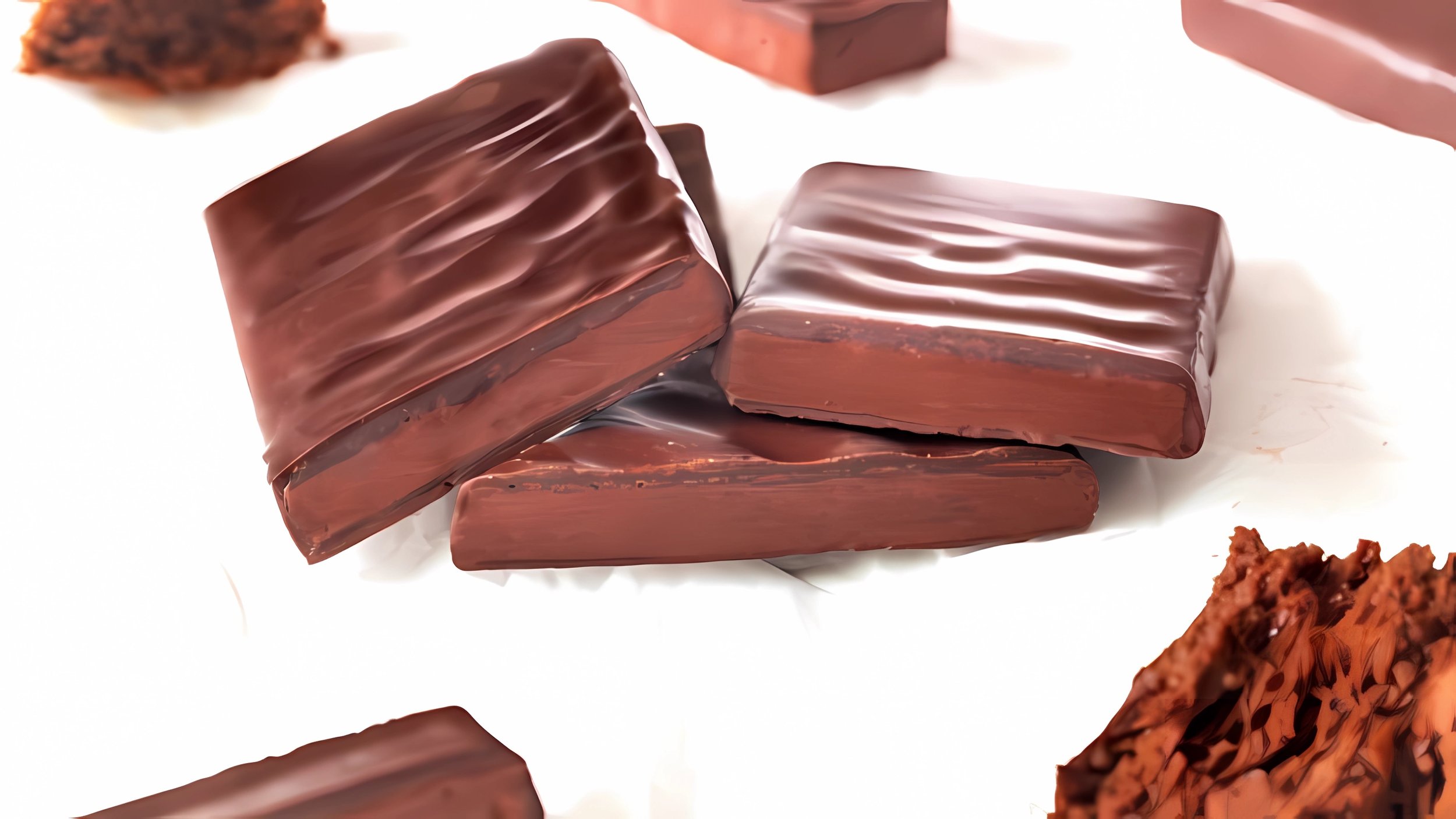How Purpose Driven Austrian Bean-to-Bar Producer Brings Chocolate to America
Julia and Josef Zotter making hand-scooped chocolate
Austria-based Zotter Chocolate has handcrafted its confections for more than 30-years. An organic farmer who had also worked as a waiter and chef, Josef Zotter initially opened an Austrian confectionary shop and three additional branches followed. But by 1992 he was handcrafting chocolates in a back office, including his now widely renowned ‘hand-scooped chocolates.’
Seven years later the family moved completely into chocolate making and opened a factory in the former stable of the family farm. Zotter Chocolate is one of very few bean-to-bar producers in Austria. Although its products are sold and distributed across the globe, most end up primarily in German-speaking countries, including Austria, Germany, and Switzerland.
A family business, Josef’s wife, Ulrike manages the company while their daughter, Julia, focuses on product development with her father and their son, Michael, oversees the company website, online shop, and additional IT needs.
Zotter in America
Andy & Barbara Doelleschal of Zotter Chocolate US LLC
Barbara Doelleschal and her husband, Andy (Andreas) brought Zotter Chocolate to the United States. After providing digital marketing services to the company, for a time, the couple immigrated here about 10 years ago. And they really missed the chocolate. “So, we opened Zotter Chocolates US LLC more than eight years ago,” says Barbara, general manager, and co-owner with Andy. “We have built the brand here, and we have branding rights in the United States.” Today they are importers of and ambassadors for the company, from Cape Coral, Florida.
Chocolate Bars
Zotter Chocolate Cranberry Vegan bar
According to Barbara, Josef’s signature hand-scooped chocolate bars are a customer favorite. “It’s difficult to describe these in a few words because there are so many flavors. And it’s a large confection” she says. Basically, giant bonbons, Zotter hand-scooped bars feature at least six scratch-made layers. After the inner layers dry for up to two days the final step is enrobing huge bars with chocolate, atop 15 meter-long (approximately 49 feet) tables, before cutting them into smaller bars. The chocolate variety used depends on the final flavor profile for an individual bar.
Their bars are thinly covered in coverture chocolate and have fillings of fruit, nuts, ganache and praline or some combination. Vegan Cranberry bars feature bright, intense cranberry flavor, and soft, slightly chewy coating. Crafted with 60 percent cacao, Praline Variation presents a tiny crunch in each bite of creamy filling. Deep, rich flavor from the chocolate coating and dense filling characterizes best-selling Chocolate Mousse bars. Additional bestsellers include hand-scooped Butter Caramel, and Amarena Cherry, with Blueberry Lemon Cream and Brown Butter Toffee running a close second.
Zotter Chocolate’s vegan Labooko bars feature multiple cacao varieties, as do fruit bars (not available in the U.S.). Additional Zotter products include baking ingredients and personalized gifts. And, since 1994, Andreas H. Gratze has created beautiful original cover art for these singular confections.
Zotter by the Numbers
Zotter Chocolate Dark Chocolate Mousse bar
Overall, the company crafts approximately 500 chocolate flavors, incorporating around 400 organic ingredients, while roasting, milling, and conching in small batches. Zotter Chocolate annually incorporates approximately 200-250 tons of cacao beans, 150 tons of cocoa butter, and no artificial flavoring or preservatives in its chocolate creations.
New flavors arrive each September, including 26 this year. “It’s when we always start to announce our new flavors,” Doelleschal says. “We also do Advent calendars, and pre-orders end in October.”
With an eye towards sustainability and farmer welfare, Zotter Chocolate sources cacao from 15 countries, Peru, Bolivia, Nicaragua, Panama, Ecuador, Guatemala, Brazil, Belize, Dominican Republic, Madagascar, Togo, Ghana, Tanzania, São Tomé, and Uganda.
A Force for Good
The company belongs to the World Fair Trade Organization (WFTO), which monitors adherence to Fair Trade principles, including fair prices, transparency, environmental awareness, and no child labor. And it buys cacao directly from growers, at rates far above global market rates.
Zotter Chocolate also participates in direct aid projects for cacao-producing areas. They previously donated 50 cents per bar sold through the Madagascar-focused Chocolate for School initiative, which benefitted more than 700 school children; and supported a rainforest tree planting initiative.
Concerned about the environment, Zotter Chocolate is also certified organic and participates in The EU Eco-Management and Audit Scheme (EMAS). In addition, use of solar and steam power, plus geothermal energy, make the factory 60 percent energy self-sufficient.
Visiting
Customer education has always been important to Zotter Chocolate. In 2007, they created the Chocolate Theatre. “There have been a lot of film shoots on cacao sourcing trips, with Josef and Julia,” Doelleschal says. “These films are shown in the theater. It’s very much about educating people about the process from cacao to chocolate, and the importance of choosing chocolate with a good conscience.”
Visitors also learn about bean-to-bar chocolate-making, observe production, and even sample intermediate products such as milling powder. Tasting stations include a bonbon roller coaster and a praline fountain, plus a chocolate-serving robot, and the world’s smallest drinking chocolate-serving cable car. The Chocolate Theatre draws more than 200,000 visitors annually.
One hundred percent energy self-sufficient, The Edible Zoo opened as an open-air adjunct to the Chocolate Theatre, four years later. Visitors may access 27 hectares (66.7 acres) of this organically cultivated family farm and enjoy organic meals at onsite Öko-Essbar restaurant featuring fresh farm ingredients.
Doelleschal hopes customers appreciate Zotter Chocolate beyond taste. “It’s about enjoying chocolate with purpose, and the whole process,” she says. “Our ingredients are organic, and sustainability is one of our most important values.”




